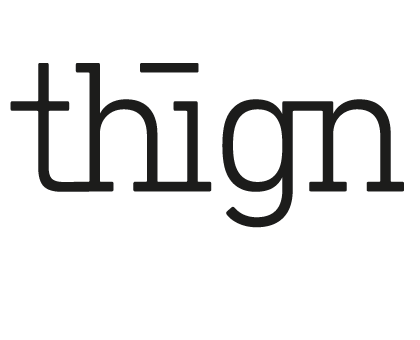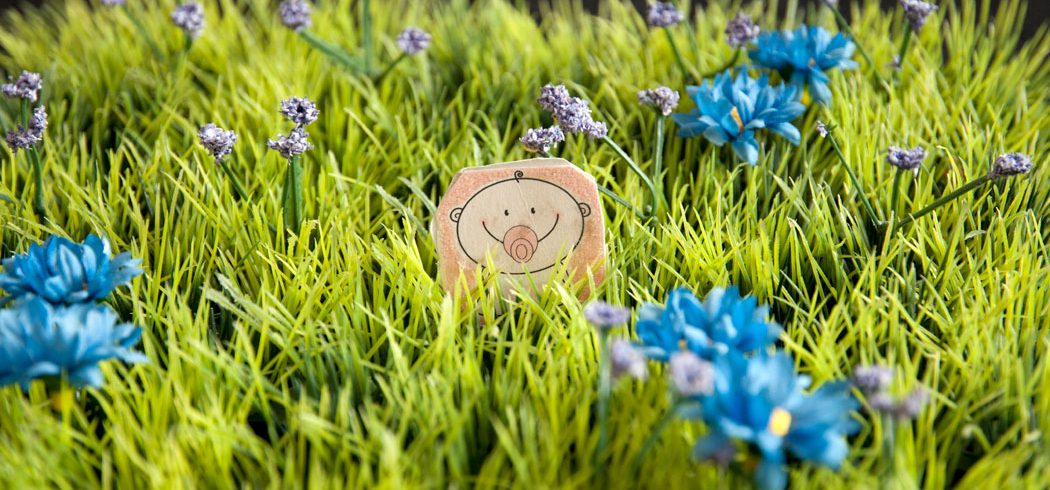Seen by AI
With the proclamation of digitalisation as a future topic, terms such as “artificial intelligence”, “machine learning” and “deep learning” are gaining in importance. Progress lies in the optimization of algorithms. How “intelligent” are they really?
To answer this question at short notice, I have started a small self-experiment, which can be viewed with a wink of the eye and which, due to its selectivity, does not claim to be scientific. This is more a snapshot than a comprehensive study.
The test field is “EyeEm” – a free online service for sharing and marketing photos. EyeEm itself describes itself on its website as follows“EyeEm is the place for photographers and image buyers to get the right shot.”
A very important tool when selling photos over the web is the tagging of individual images so that they can be found in a possible search by the customer. This is usually done by assignment of the photographer himself – either during the upload or before by writing into the metatags of the individual photos. This process is laborious and time-consuming.
As a special feature, EyeEm offers automatic, algorithm-controlled indexing directly during the upload of each individual image. The image is therefore analysed by software and suitable terms are suggested to the user, which he can adopt completely, partially or not at all.
This is where my attempt comes in. I upload the image here, which I chose because of its ambivalence and not for aesthetic reasons, to EyeEm and see what the algorithm suggests to me.
The following tags are the “Machine Output”:
beauty in Nature clock clock face communication day flower flower head Freshness Grass Green color Growth hour hand handminute Nature no people number outdoors snowdrop time
++++++++++++++++++++++++++++++
I accept the suggestions of the algorithm 100 percent and do not add any more. The title assignment has no influence on the tags offered.
So far, so good. Or not?
If you take a closer look at the terms, you will notice that it is amazing what is recognized and what is not, so that the assigned terms as a whole paint a completely wrong picture.
The photo shows a piece of artificial turf containing a painted paper figure representing a baby with a pacifier.
There is neither freshness nor any elements of a clock. Also number outdoors snowdrop time beauty in Nature und Growth is not found. So the algorithm seems to be overzealous rather than omitting something that cannot be interpreted. It also suggests approaches. He seems to be more successful with colour and the basic theme “nature”. But there is no distinction between “real” and “artificial”. Freely following the motto “The medium is the message”, however, this influences the statement. Do we have to stop distinguishing between real and fake ? This does not apply to the processing of photos in the field of stock photography. Algorithms analyze photos to determine whether and to what extent photos have been subsequently altered. Excessive deviations lead to the exclusion of the image for inclusion in the sale.
If the algorithm had included the chosen title in the indexing, it might have been able to recognize a certain irony …
–
Here is the reference picture on the website of EyeEm:
https://www.eyeem.com/p/113149759



